
We provide pooled expertise in
a strong company group.

The WTE Group is one of the Europe’s leading providers of municipal and industrial water management. As an experienced environmental service provider, we plan, finance, construct and operate projects of all sizes worldwide – from wastewater management and water supply to the sustainable treatment of sewage sludge and energy recovery.
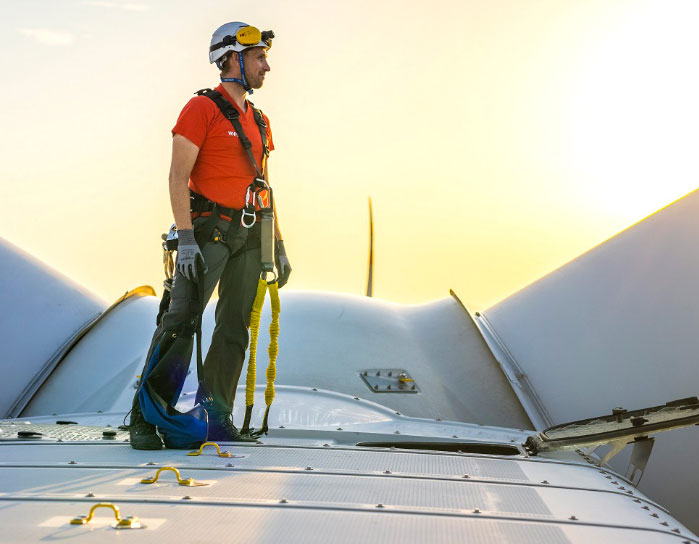
In close cooperation with its parent company EVN AG, a leading international energy and environmental service provider based in Austria, the WTE Group utilises constantly growing potential to increase sustainability and expand the business sector by adding new future-focused solutions.
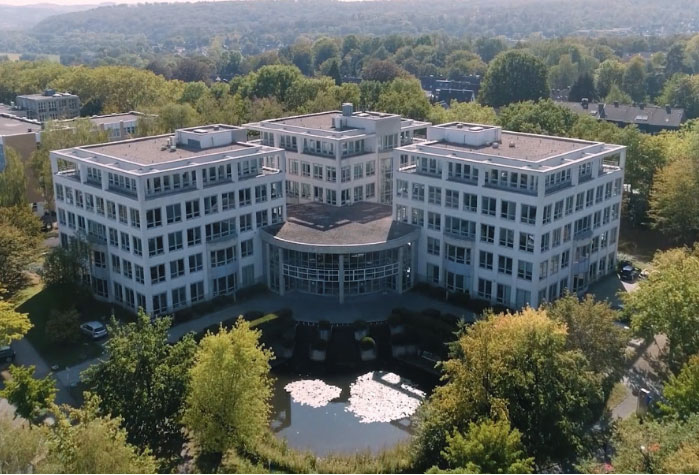
As the parent company of the WTE Group, WTE Wassertechnik GmbH performs central tasks for the Group’s operating companies, including the organisation and corporate development. WTE Wassertechnik also manages the company group economically, strategically and culturally – so that our standards for our services can remain consistently high in every country in which we operate.
> 39
years since foundation as SHW Hölter Wassertechnik GmbH
2001
Company renamed as WTE Wassertechnik GmbH
160
dedicated employees
For almost 40 years, more than 20 million people in 18 countries have placed their confidence in our expertise in wastewater disposal, water supply and the treatment of sewage sludge.
Dr.-Ing. Ralf Schröder, WTE Wassertechnik GmbH, Spokesman of the Management Board
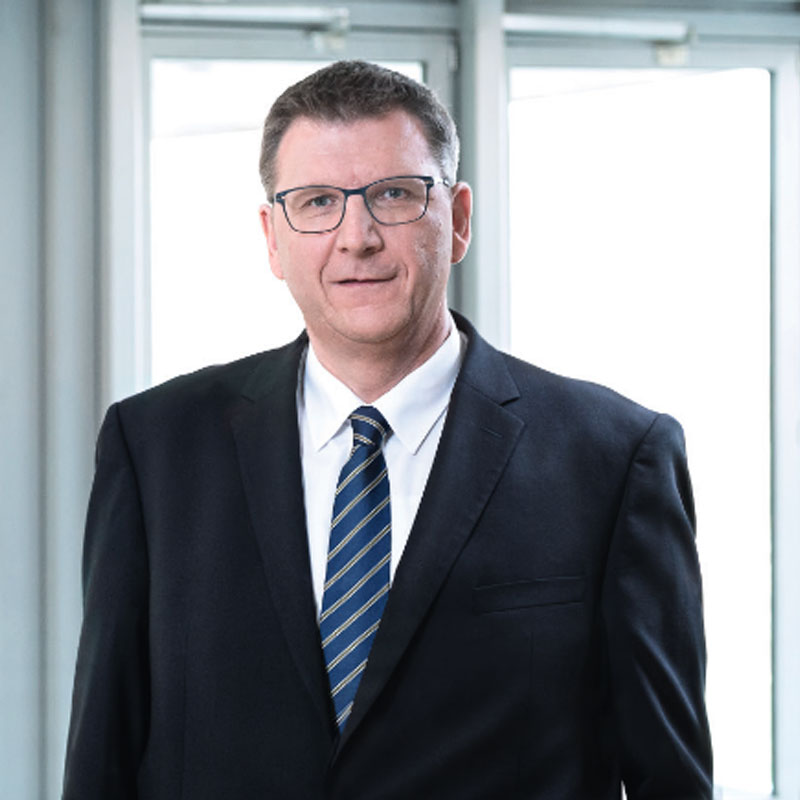
18
states
>120
projects realised
>10
WTE Group subsidiaries established
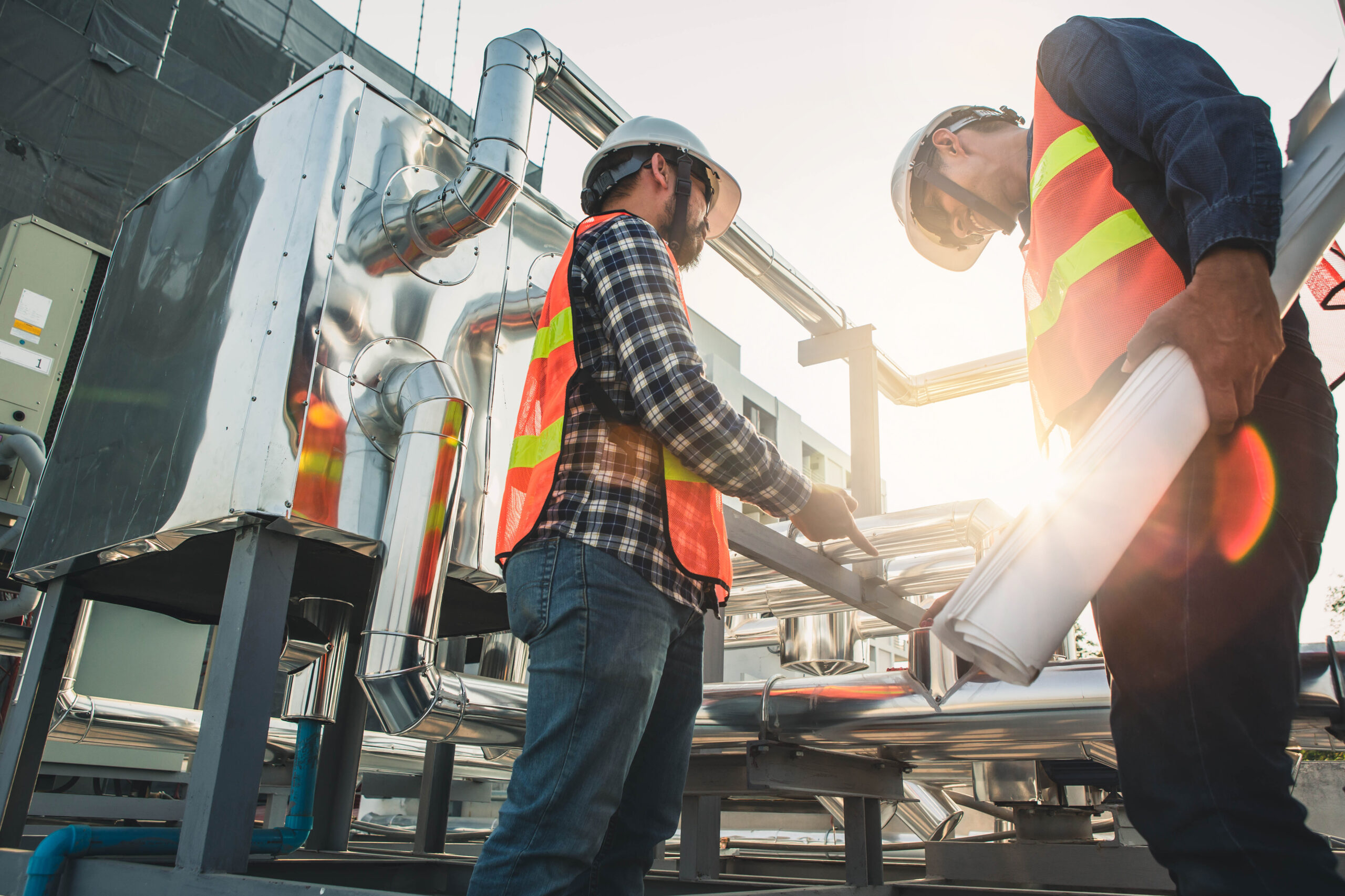
‘Thanks to the way we operate and how we approach work, we can provide our customers with both tailored solutions made in Germany and optimal reliability and plannability. We work towards your success not only reactively but also proactively, for optimal results. At the same time, we never lose sight of the big picture: with a keen sense for our customers’ needs, we comprehensively take into account all aspects and levels of a project – including sustainabilityin all its different dimensions.
Every day, we work in accordance with our mission of responsibility with vision, with a clear focus on clean water for nature and people.
Dr. Robert Dick, WTE Wassertechnik GmbH, Member of the Management Board
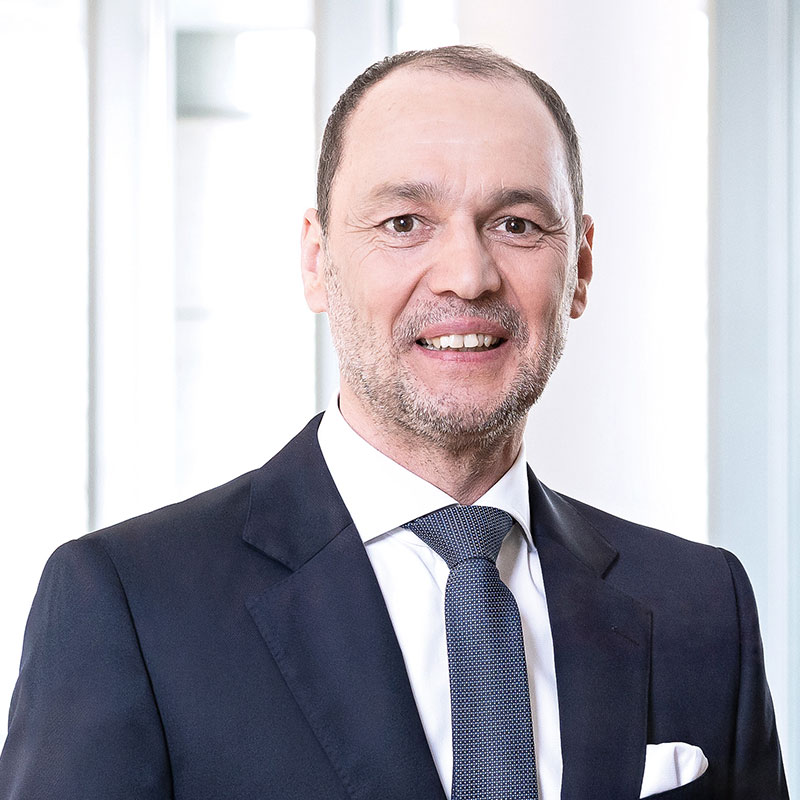

Our company group owes its success to the great dedication of our employees. To support them, we provide them with plenty of freedom to develop their personal skills and promote each team member individually – every day.
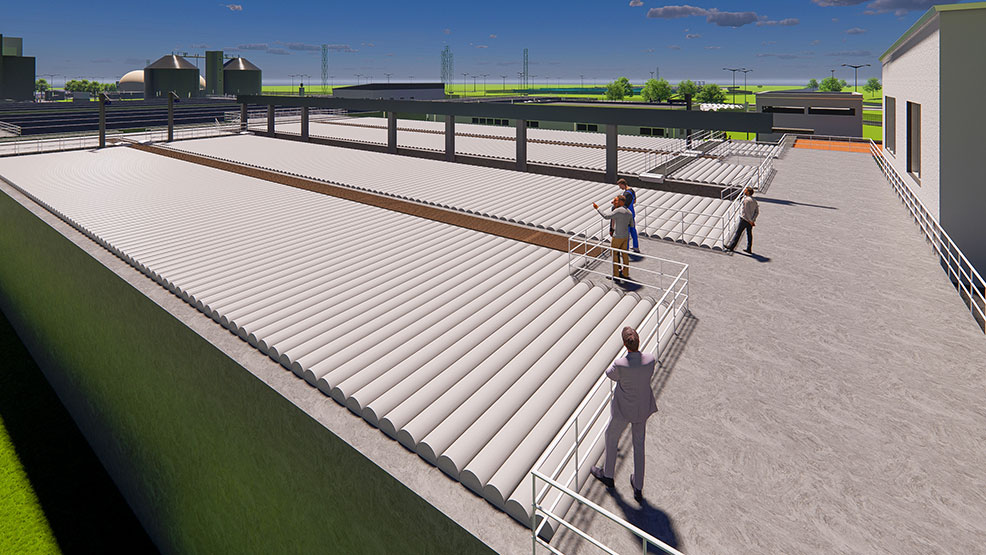
Wastewater treatment and sewage sludge incineration, Skopje, North Macedonia
View reference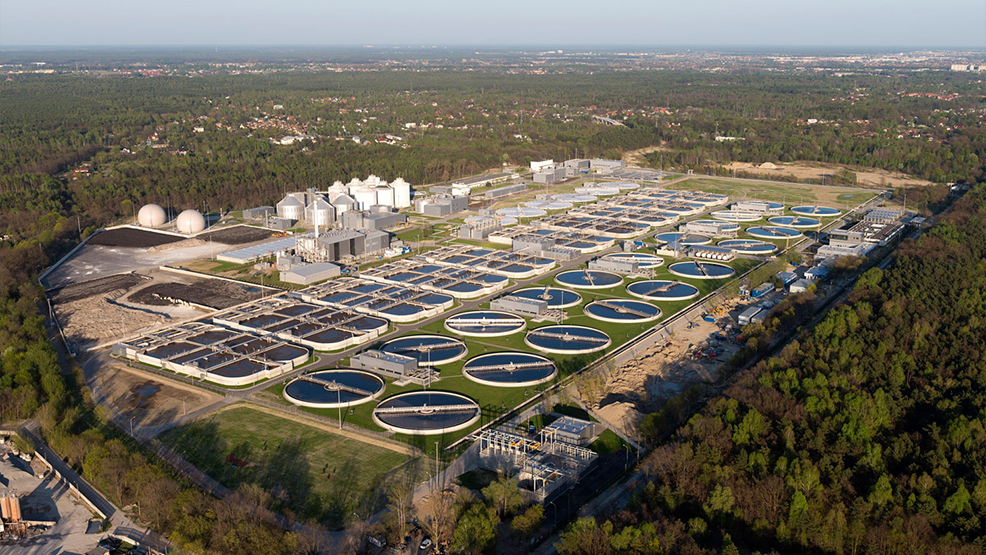
Czajka Wastewater Treatment, Warsaw, Poland
View reference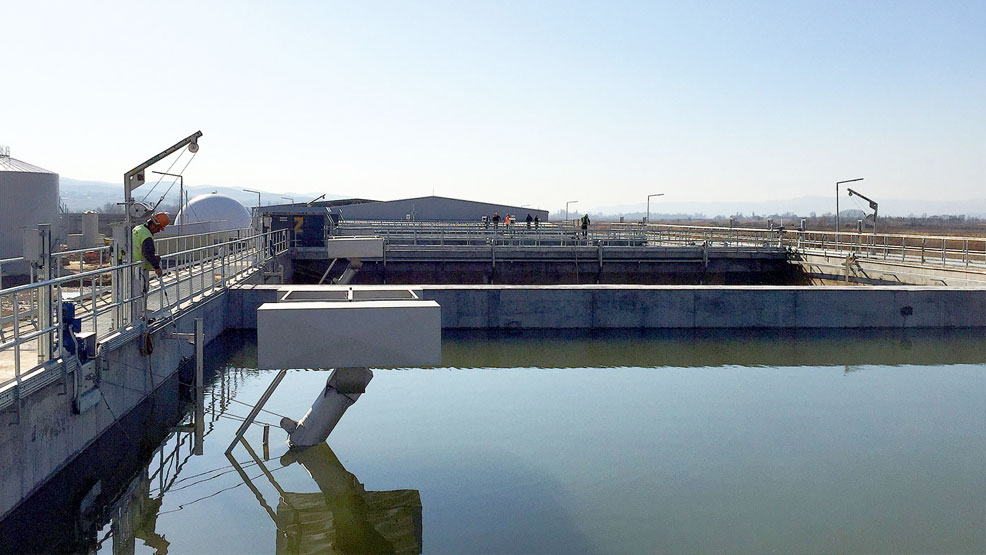
Wastewater treatment, Kočani, North Macedonia
View referencePhone: +49 201 8968 500
E-Mail: info@wte.de